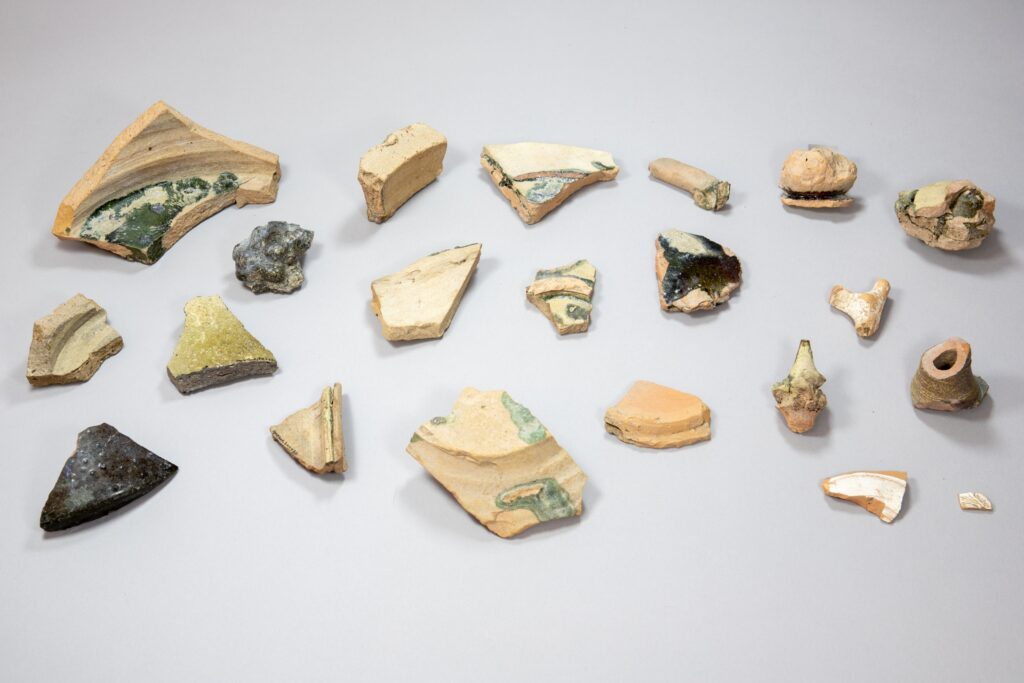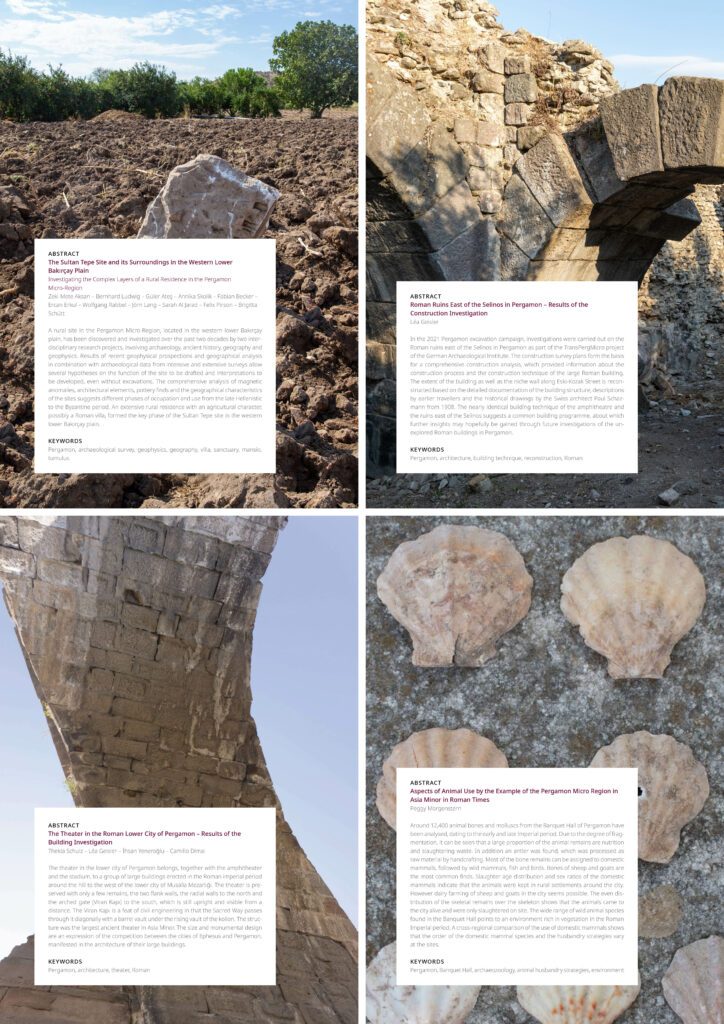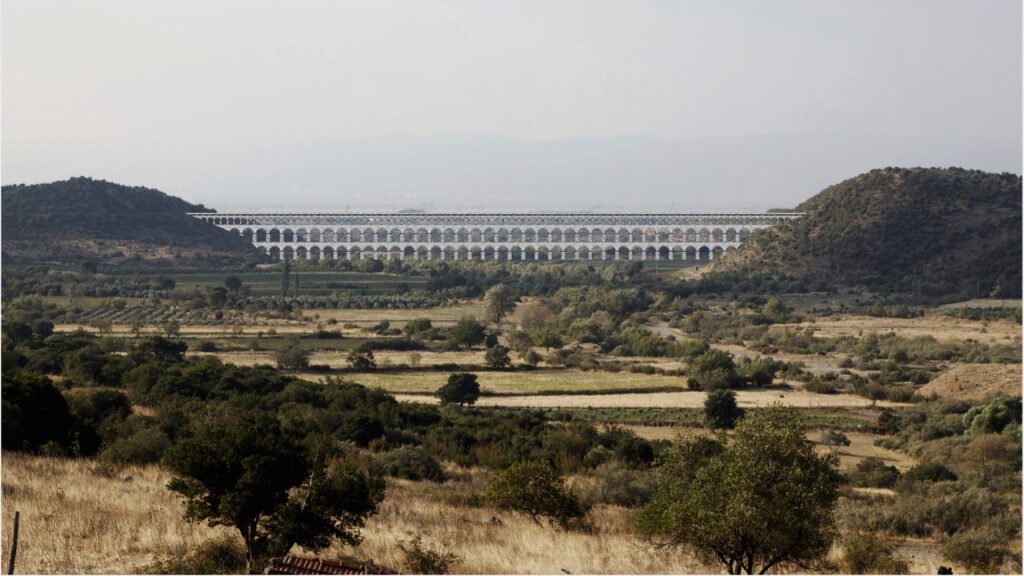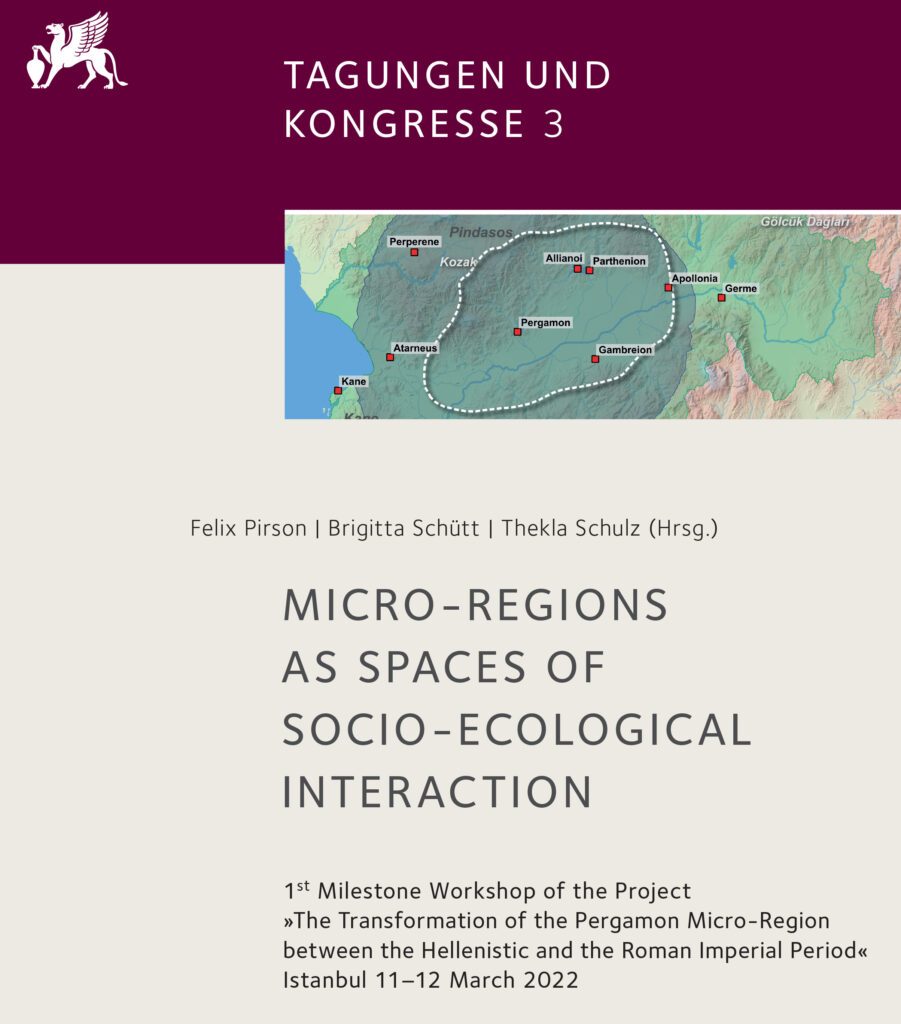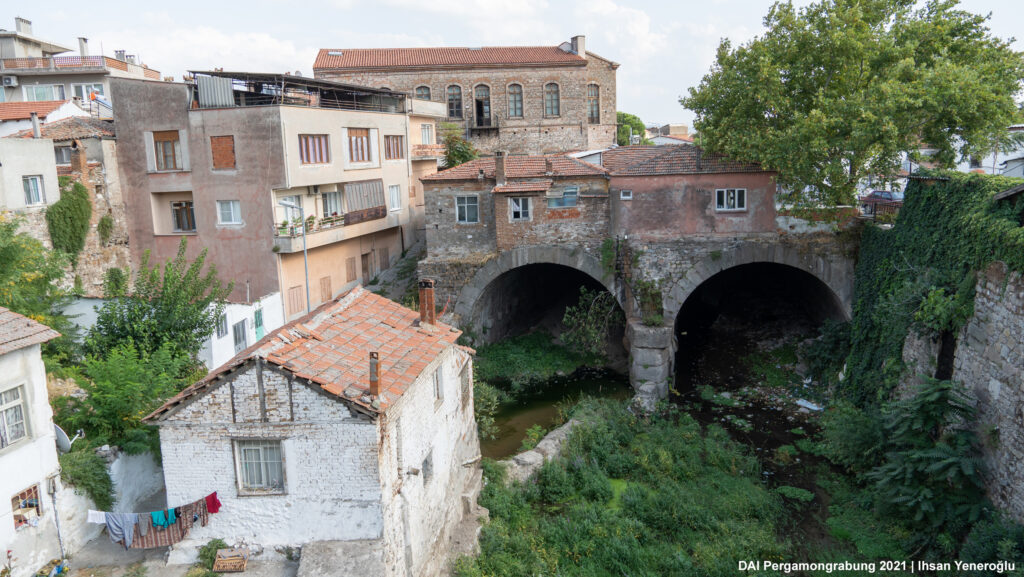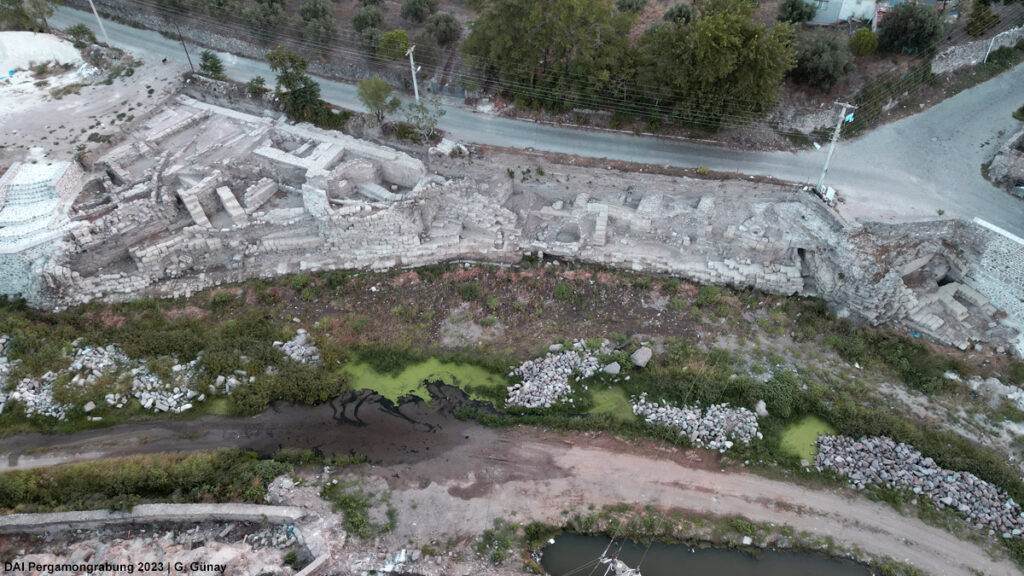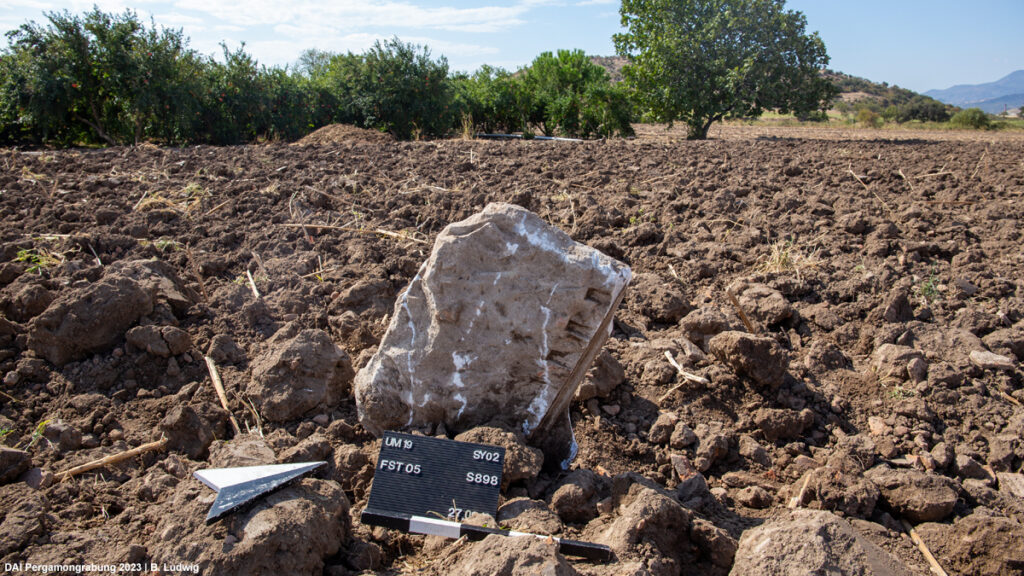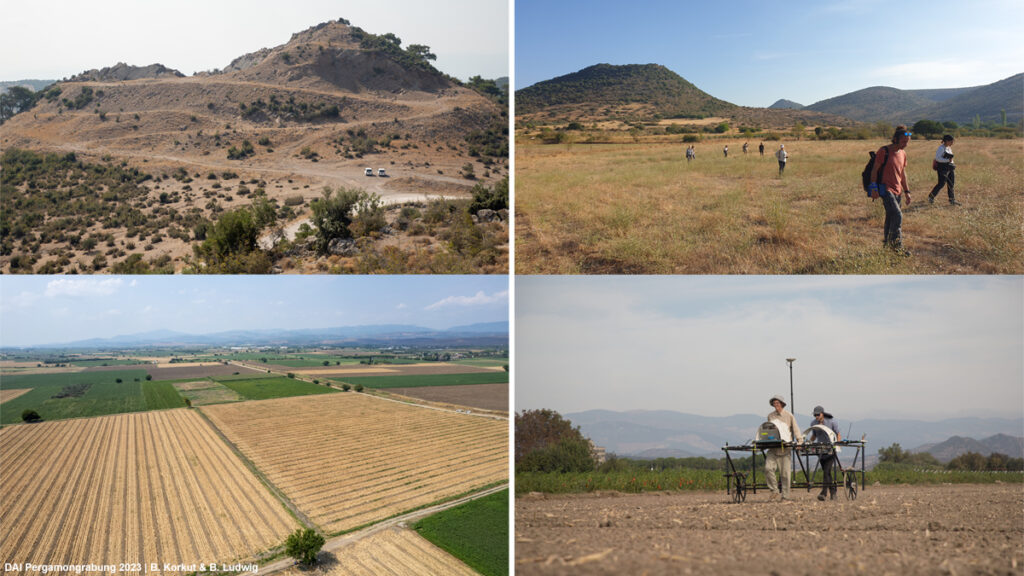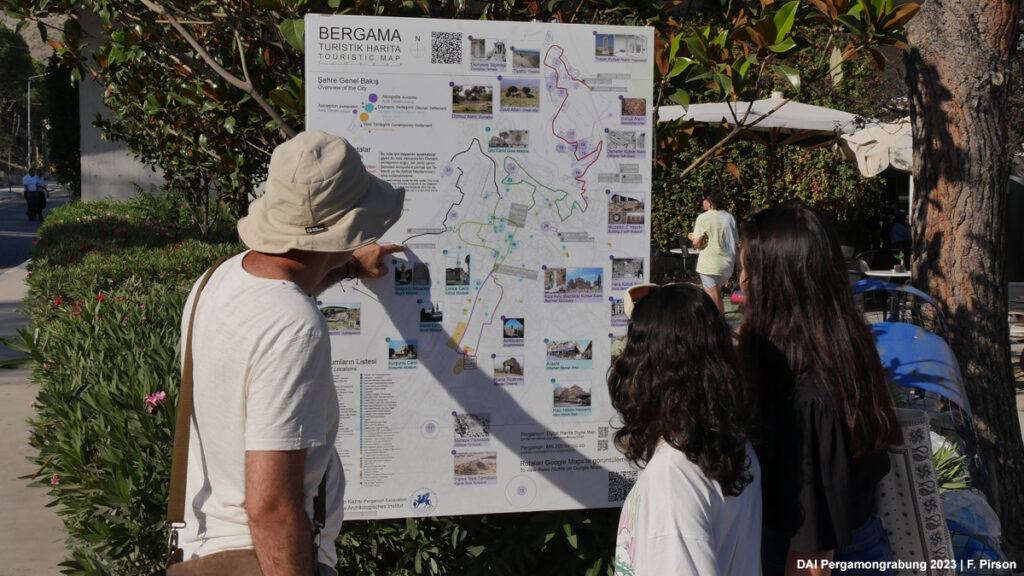The Selinos River, now known as Bergama Çayı, plays a significant role in shaping the urban landscape of the city. This was highlighted at the annual TransPergMicro workshop, where the relationship between urban development, changes in natural space, and the river’s dynamics were analysed and discussed. The initial findings, presented in this blog post, will be incorporated into a TransPergMicro sub-project.
